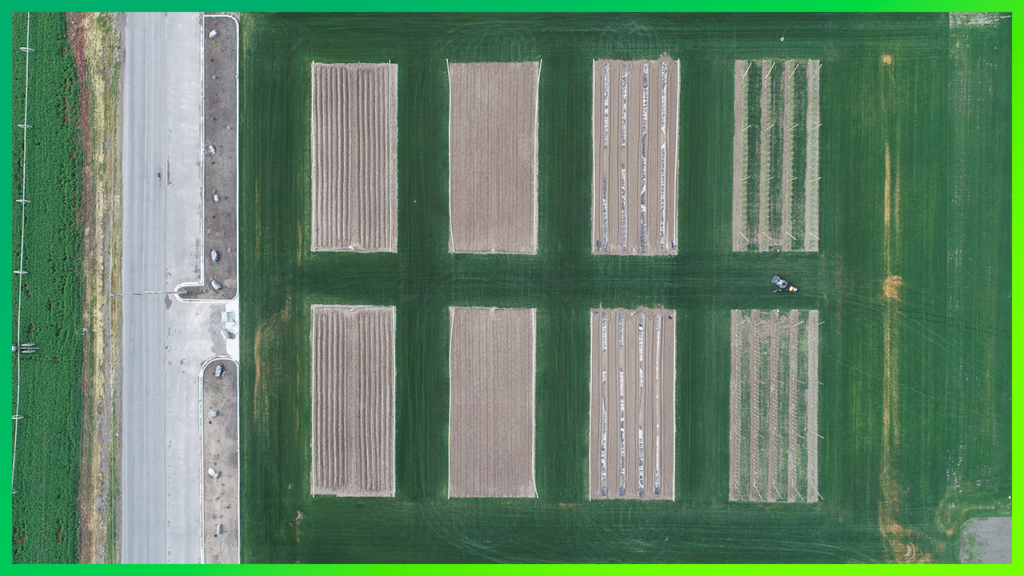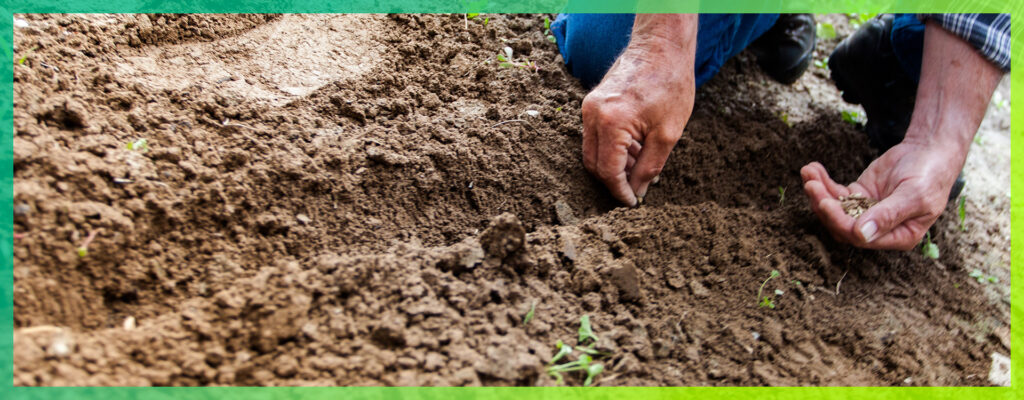The United States, particularly the Midwest and parts of California, has been blessed with some of the highest quality soil in the world. If you look at the dynamics of those soils, there’s nothing like it anywhere else in the world, so we have that resource. However, there is consensus that our soil health is in decline. That is important because, in the future, we need to improve our productivity. We can’t do that if our soil health is diminishing.
Simply through the act of tilling the soil, we are exposing this wonderful organic matter to oxygen, which leads to natural oxidation. As oxidation occurs, you are losing carbon organic matter in the soil through the release of carbon dioxide. Secondly, conventional fertilizers, particularly some nitrogen fertilizers, have very strong oxidation properties. One of the cheapest, most common nitrogen inputs, particularly in annual crops in the Midwest, is anhydrous ammonia. It’s cost effective, However, every time it’s injected into the soil, it reduces organic matter. With excellent soil, you can get away with that for many decades. But now we’re getting to the point where we need to look carefully at our inputs and identify those that are going to provide the greatest benefit for the budget dollar for the long term.

The good news is, if we understand our metrics and objectives, we can improve soil health relatively quickly. It need not be a multi-year process. If we focus on the factors important to soil health, we can achieve very consistent, great results.
I’m encouraged and heartened to see various cropping systems make some of these changes and get great results in yield and quality as a byproduct.
At Redox, we see three primary factors to boosting soil health. First is understanding fundamental soil chemistry. If there are chemical imbalances in the soil, we cannot anticipate that the plant will be able to reach its optimum growth, nor can we anticipate that soil biology will be able to function at a high level. Basic soil chemistry, such as soil pH, relatively salinity ratio of cations – all of those come into play. Redox has developed software that is very effective in identifying chemical opportunities that can help this recovery.
We also must have a viable and consistent root zone to facilitate root growth. There’s a symbiotic relationship between the plant and soil biology. Maintaining and growing a great root system is fundamental.
The third key is ensuring beneficial biology is functioning at a high level, which happens, in large part, from good soil chemistry. There often are opportunities to enhance that biology through specific carbon inputs that can promote that biology.
(Link to the following: https://www.redoxgrows.com/solutions/soil-health). When you improve soil health, odds are strong that you will improve crop performance.

One of the most important things Redox offers is identifying opportunities. Soil analysis can be extremely helpful. In addition, having the expertise to put a shovel in the ground, look at the roots, the crop and the relative symptoms that would occur in the absence of great soil health. Those symptoms include poor water penetration and poor performing crops. It’s important to look at those factors to help identify where the opportunities exist. That drives what inputs are going to provide the greatest return on investment.
Subscribe to receive our Redox Bio-Nutrients updates